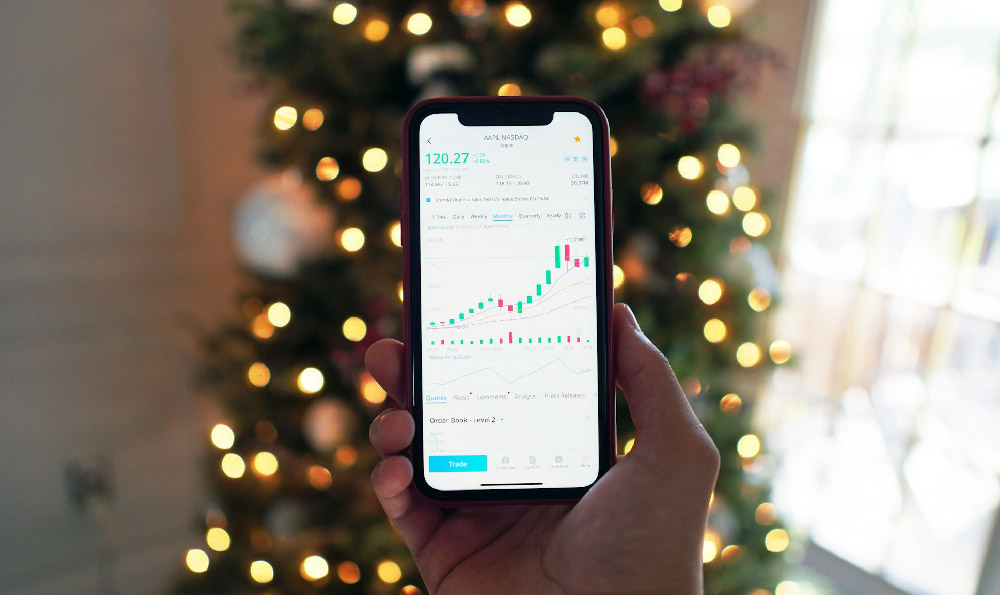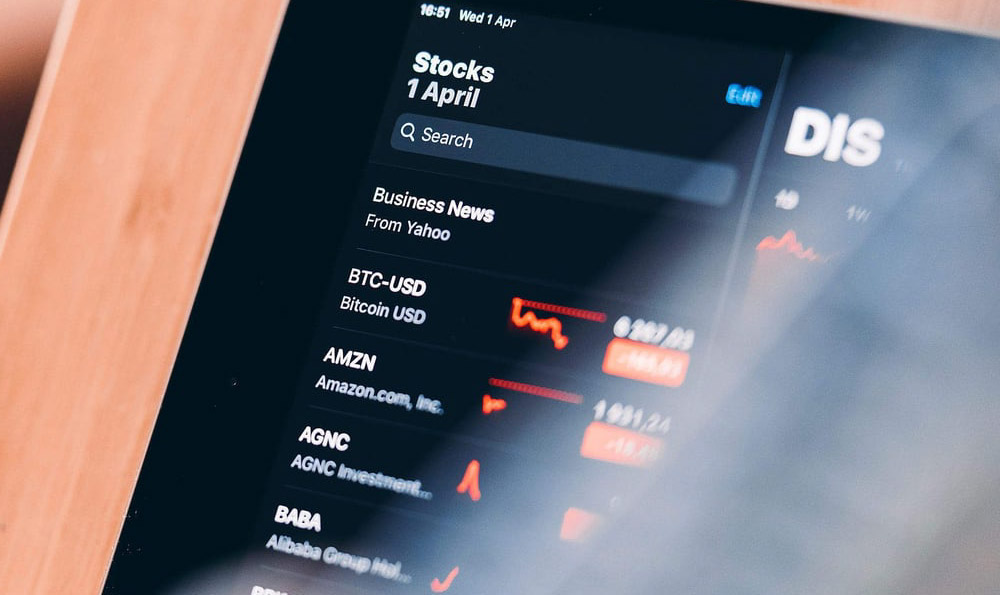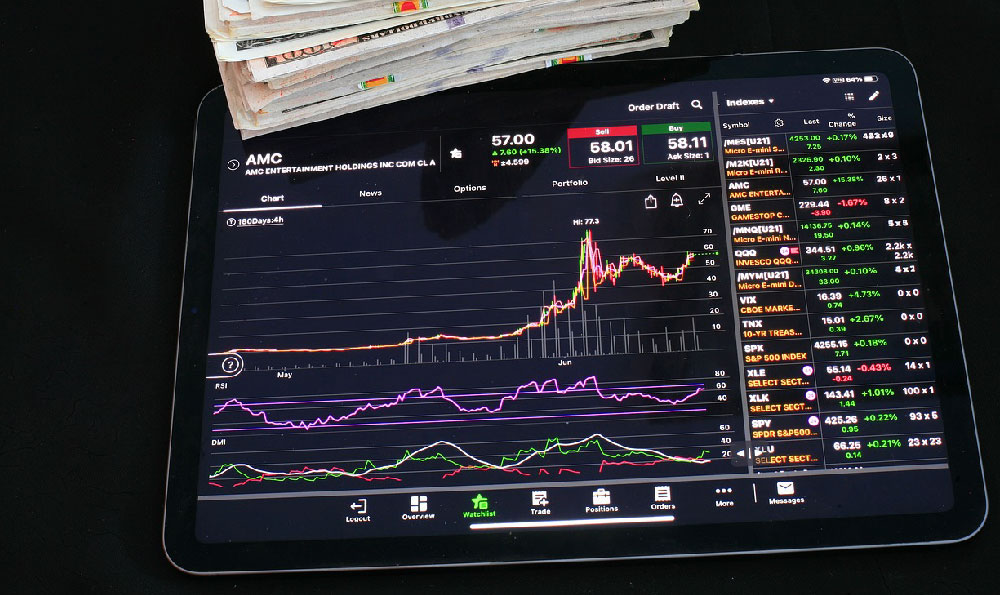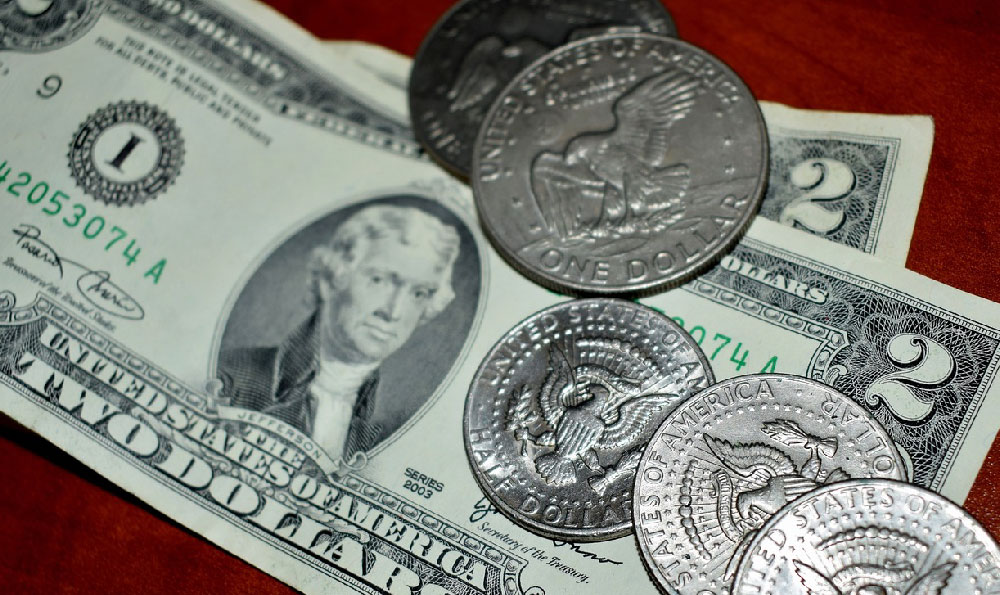Where Can I Cash My Fidelity Investments Check, and What Are My Options?

Okay, here's an article addressing the question of cashing Fidelity Investments checks, covering various options and relevant considerations.
Navigating the Process of Cashing a Fidelity Investments Check
Receiving a check from Fidelity Investments can arise from various scenarios, such as withdrawals from retirement accounts, distributions from investment holdings, or dividend payouts. Once you have the check in hand, the immediate question becomes: "Where can I cash this, and what are the best avenues to explore?" The answer, as with most financial matters, isn't a one-size-fits-all solution and hinges on your banking relationships, the check amount, and your urgency.

The most straightforward and generally recommended approach is to deposit the check into your existing bank account. This offers the highest level of security and typically involves minimal or no fees. You can accomplish this in several ways: through your bank's mobile app (using mobile check deposit), via an ATM, or by visiting a branch and depositing it directly with a teller. Mobile deposit has become increasingly popular due to its convenience, allowing you to deposit the check from anywhere with an internet connection. However, be mindful of deposit limits, which can vary by bank and account type. High-value checks might exceed these limits, necessitating an in-person deposit. ATM deposits are also convenient, though they usually have deposit limits and may not offer immediate availability of funds. A teller deposit offers the most personal service and can be particularly helpful for complex situations or if you have questions about the deposit process. Banks often have hold policies on deposited checks, particularly for large amounts or if the check is drawn on an out-of-state bank. Inquire about the hold policy at your bank to understand when the funds will be available for withdrawal or use.
Another option, closely related to direct deposit, is electronic transfer or ACH (Automated Clearing House) transfer to your bank account. Instead of receiving a physical check, Fidelity might offer the option to directly transfer the funds to your bank account electronically. This is typically the fastest and most convenient method, eliminating the need to physically deposit a check. You would need to set up this option through your Fidelity account, providing your bank account information and routing number. This also removes any worry about check fraud or loss.
Beyond traditional banking avenues, certain retailers and check-cashing services offer check-cashing options. However, proceeding with caution is essential when considering these alternatives. Retailers like Walmart and some grocery stores offer check-cashing services, often with lower fees than dedicated check-cashing establishments. However, they often have limits on the amount they will cash and may require specific forms of identification or store membership. Check-cashing services, while readily accessible, are generally the most expensive option, charging fees that can significantly reduce the amount you receive. These fees are often a percentage of the check amount, making them particularly costly for larger checks. Moreover, some check-cashing services may engage in predatory lending practices or have questionable business ethics. Thoroughly research the establishment and carefully review their fee structure before entrusting them with your check. Furthermore, ensure they are licensed and regulated in your jurisdiction.
Considering cashing the check directly at a Fidelity branch is also a viable option, but this is generally only practical if you live near a Fidelity Investor Center. Call ahead to confirm their check-cashing policy and any required documentation. It's also essential to understand the potential fees involved in cashing a check, whether through a bank, retailer, or check-cashing service. Banks typically charge fees for cashing checks if you are not an account holder. Retailers and check-cashing services invariably charge fees, and these fees can vary widely. Always inquire about the fee structure upfront to avoid surprises.
When evaluating your options, think about the speed with which you need the funds. If immediate access to cash is paramount, a check-cashing service or a retailer offering check-cashing may be tempting. However, weigh the convenience against the cost. If you can afford to wait a few days, depositing the check into your bank account is almost always the most cost-effective solution.
Security is also a paramount concern. Depositing a check into your bank account offers the highest level of security, as banks have robust security measures in place to protect your funds. When using check-cashing services, be aware of the risks of fraud and theft. Only use reputable establishments, and never provide your personal information to untrustworthy individuals.
Finally, understand the importance of proper check handling. Keep the check in a safe place until you are ready to cash or deposit it. Avoid endorsing the check until you are at the point of cashing or depositing it. This helps prevent unauthorized use if the check is lost or stolen. Make a copy of the check for your records before depositing or cashing it, in case you need it for future reference.
In conclusion, when deciding where to cash your Fidelity Investments check, carefully weigh the factors of cost, convenience, speed, and security. Depositing the check into your bank account is typically the most prudent choice. However, if you need immediate access to cash or lack a bank account, explore alternative options like retailers or check-cashing services, but do so with caution and be mindful of the associated fees and risks. Exploring electronic transfers from Fidelity directly into your bank account eliminates the check altogether. Regardless of your chosen method, always prioritize security and protect your personal information. By carefully considering these factors, you can ensure a smooth and secure check-cashing experience.















